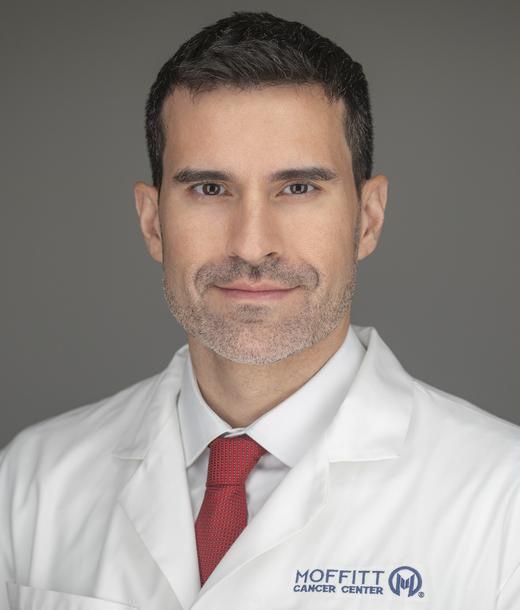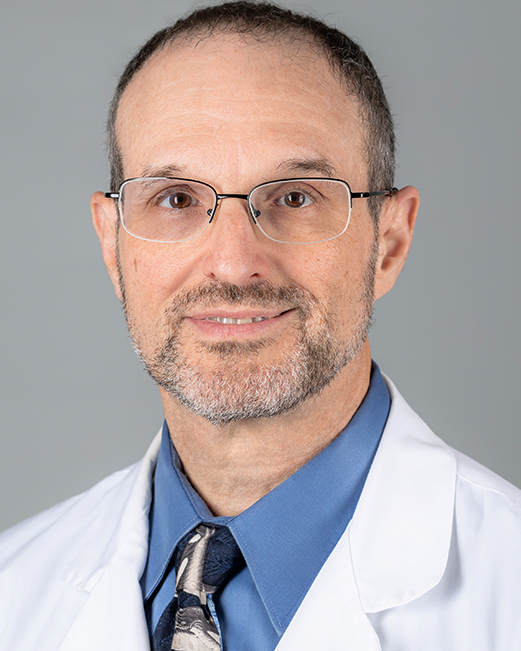Nearly Half of Cancer Deaths in US Linked to Modifiable Risk Factors
Roughly 40% of new cancer cases and nearly half of deaths among adults ages 30 and older in the United States can be attributed to preventable risk factors according to a new study from the American Cancer Society.
The study, published in CA: A Cancer Journal for Clinicians, found that smoking was the leading risk factor, contributing to nearly 1 in 5 cancer cases and nearly one third of deaths. Lung cancer had the largest number of cases linked to modifiable risk factors, with more than 200,000 cases. The vast majority were linked to smoking.

Matthew Schabath, PhD
“There is not one single health benefit associated with cigarette smoking,” said Matthew Schabath, PhD, a lung cancer epidemiologist at Moffitt Cancer Center. “For many of these cancers we’ve seen firsthand the reductions in cancer incidence rates over the last several decades attributed to drastic reductions in cigarette consumption.”
Researchers looked at 18 modifiable risk factors across 30 types of cancer. After smoking, excess body weight was the second largest contributor to cancer cases. It was associated with more than one third of deaths from cancer of the endometrium, gallbladder, esophagus, liver and kidney. Alcohol consumption, physical inactivity and diet were among the leading risk factors.

Tiago Biachi, MD
Tiago Biachi, MD, a gastrointestinal oncologist at Moffitt, adds that it’s never too early to improve your diet. He recommends that parents keep an eye on what their kids are eating to help lower their risk for cancer later in life.
“These cancers take years to develop,” Biachi said. “When we talk about diet being a risk factor, we’re not talking about what you ate last year. If someone who is 40 is being diagnosed with colorectal cancer, you have to look at what their diet was like when they were in their 20s or even younger.”
Infections such as human papillomavirus, or HPV, were also among the leaders. More than 90% of cervical cancer cases are caused by HPV. It’s also a risk factor for vaginal, vulvar, anal, penile and head and neck cancers.

Jing-Yi Chern, MD
“These are very difficult to treat cancers when they manifest,” said Jing-Yi Chern, MD, a gynecologic oncologist at Moffitt. “The best preventative that we have is to get vaccinated against the new 9 valent HPV vaccine. Outside of vaccines, the best way to follow and prevent cervical cancer is to do Pap smears. It’s important to make sure to have your well woman exam with your gynecologist or your primary care physicians so they can do this effective screening test. It allows us to detect precancer cells early.”

Vernon Sondak, MD
While genetics and environmental factors can also increase cancer risks, these modifiable risks account for a significantly larger share of cancer cases and deaths than any other known factors. Exposure to sunlight can lead to skin cancer, including melanoma, the most deadly among all skin cancers.
“Almost all cases of skin cancer, including melanoma, are associated with DNA damage caused by ultraviolet exposure – either from direct sunlight or artificial sources like tanning beds,” said Vernon Sondak, MD, chair of the Cutaneous Oncology Program at Moffitt. “Minimizing ultraviolet exposure through sun avoidance and safe sun habits including protective hats and clothing and broad-spectrum sunscreen use, combined with self-skin examination and routine dermatologic follow-up for early detection, are the best things a person can do to minimize the chance of a skin cancer developing and causing problems.”



